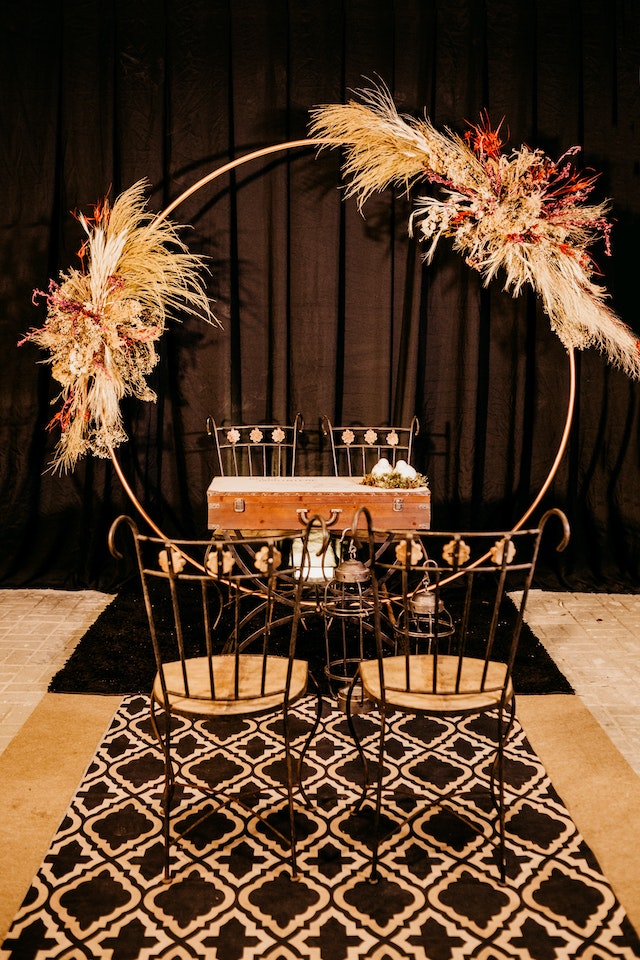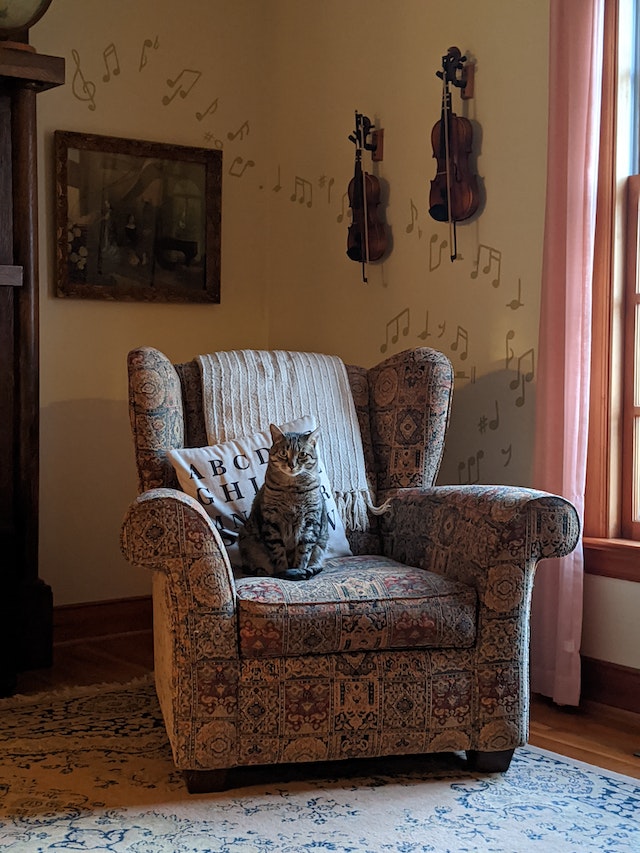Spouth west rugs & carpets
History of Southwest rug making
The history of Southwest rug making dates back to ancient times when Native American tribes would use natural materials such as wool and cotton to create beautiful and intricate designs. These handwoven rugs were not only functional but also served as a form of artistic expression for the people who made them.
Over time, the art of rug making in the Southwest region has evolved, incorporating techniques and styles from various cultures that have influenced the area. Today, Southwest rugs are highly sought after for their unique patterns, vibrant colors, and exceptional craftsmanship.
While many may think that Southwest rug making is a dying art form, there are still artisans who continue to practice this tradition, passing down their skills from generation to generation. These individuals take pride in preserving the cultural heritage of their ancestors through the creation of stunning rugs that tell a story of the past.
Whether you appreciate the beauty of Southwest rugs for their aesthetic appeal or value them for their historical significance, there is no denying the importance of this craft in preserving a rich and diverse cultural legacy. The next time you see a Southwest rug adorning someone's home or office, take a moment to appreciate the history and craftsmanship behind it.



